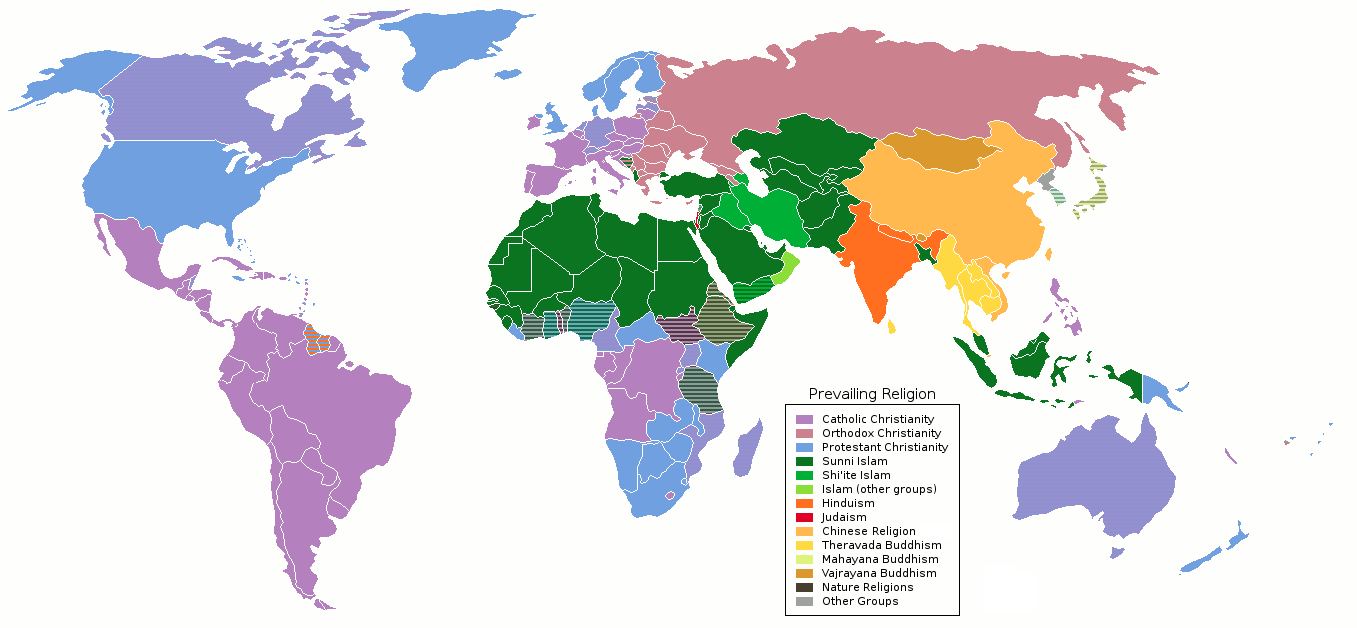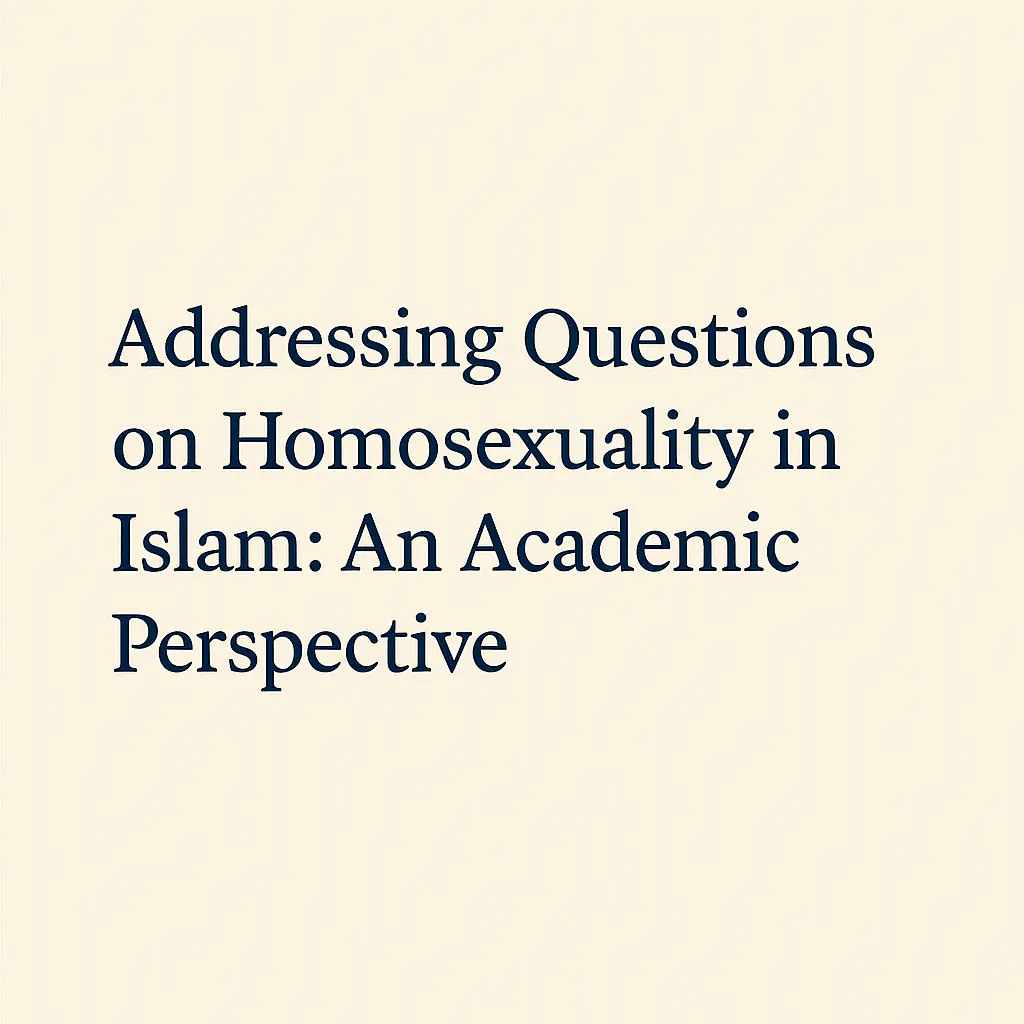Question
I understand you say that the salah and other religious practices which form the basic content of religion have been taught by the Prophet (sws) to the entire generation of the Companions and the Conpanions transferred it to next generation (i.e tabioon). Then why there existed differences in the mode of salah among the successors or the succesors to the successors.
Answer
If we look at the religious practices like the salah, zakah, sawm and hajj, for example, we come to know that the basic content and form of these practics is unaminously held by all the sects and major schools of thought. It is only how you see the issue. If you are after highlighting the differences which are of minor nature and pertain only to things which have not been legislated by the Prophet (sws) you will not be able to see how remarkably the Muslim religous practice has been preserved by the consensus of the ummah and their historicity is beyond doubt. If, on the contrary, you try to appreciate that the nature of the differences and see that it is only in the issues where the Prophet (sws) did not legislate a strict and defined way or even left something on the choice of the believers you will learn how the believers have again successfully preserved the original and even tried to remain within the example of the Prophet (sws) where they could opt for their own wordings. For example the Prophet (sws) did not teach the Muslims what to read in the qad’dah (the sitting posture in the second and the last raka’at). On being asked he told what he would read. He suggested different wordings to different people in such places. This means that he intended to indicate that what type of things one could read in that posture. He never intended to legislate a strict formula as for example he did regarding saying Allah akbar (God is great) while going to bow. The differences have been therefore highlighted by the people who accepted one wording and rejected the others. These differences and their precise nature and the places where are observed themselves are proofs to the fact that the practice has been transmitted by the Muslims from the Prophet (sws) in a given well-defined shape. The points of agreement and the points of difference are always clear.
Answered by: Tariq Mahmood Hashmi
Date: 2015-02-13









